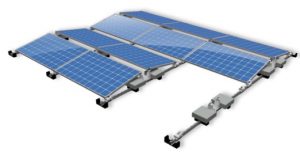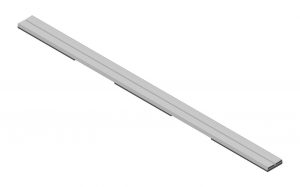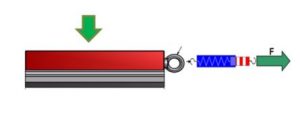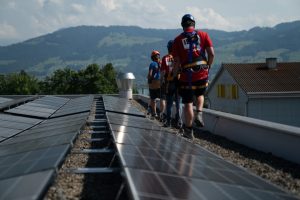Training for installers on non-ballast structures at IBC SOLAR Polska
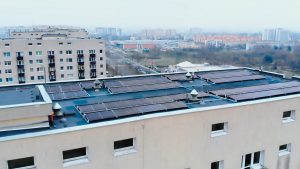 Since March 2021, over 30 people have already participated in free workshops organized by IBC SOLAR Polska in cooperation with CW Lundberg, a producer of complete roof protection systems. During one-day training, participants have the opportunity to learn about a modern solution for flat roof installations, developed jointly by both companies, using a non-invasive and ballast-free mounting system. (more…)
Since March 2021, over 30 people have already participated in free workshops organized by IBC SOLAR Polska in cooperation with CW Lundberg, a producer of complete roof protection systems. During one-day training, participants have the opportunity to learn about a modern solution for flat roof installations, developed jointly by both companies, using a non-invasive and ballast-free mounting system. (more…)
